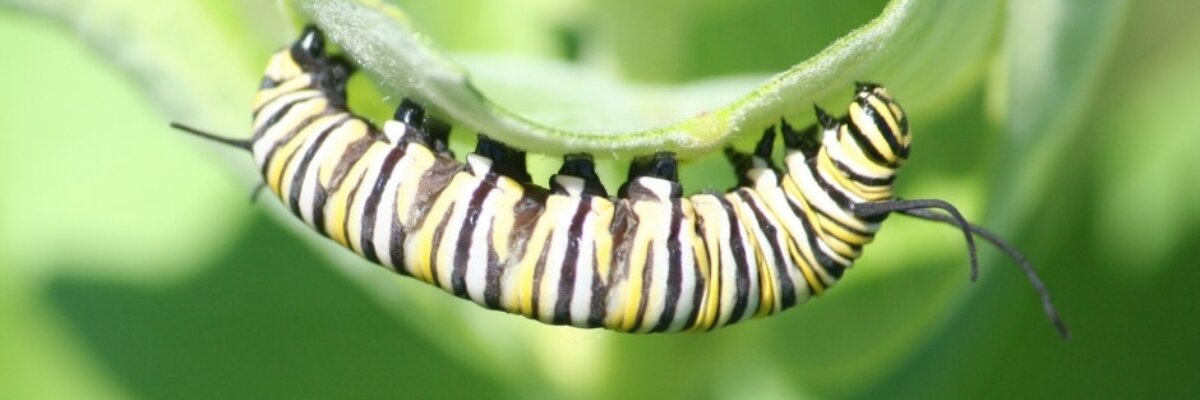
What dangers do monarchs face on their migration?
The long migration comes with many dangers. Monarchs rely on good weather to help them make progress in the right direction; strong winds and rains may prevent them from moving, holding them up for days on end. If winds are too strong in one direction, monarchs may not be able to travel as far, if at all. Another weather factor that can impact monarch travel is temperature. If late season temperatures get too cold, monarchs' flight muscles can't warm up enough, making it physically impossible for them to fly. Extreme weather events can blow monarchs off course, prevent them from moving forward, or kill them.
Monarchs also require nectar to fuel their flight during the migration. If they are unable to find suitable nectar sources throughout their migratory path, they may die of starvation. They may make it to overwintering grounds, but sometimes they are undernourished when they arrive and could not store enough lipids/fats to survive the winter. It is important that they have access to abundant nectar sources along the way.
Disease can impact the monarch migration. The OE parasite can have a culling effect, meaning that monarchs infected with the parasite may not be strong enough to complete the migration and die on their way.
Other anthropogenic factors, like collisions with vehicles, also pose dangers for migrating monarchs.
